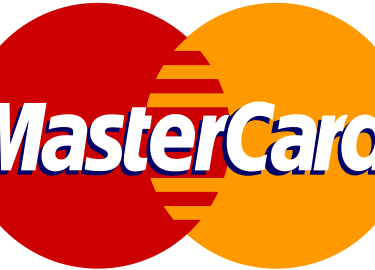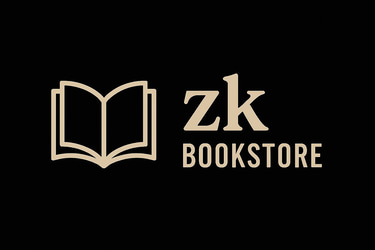Loose Leaf Textbook: What Is It?
Loose leaf textbooks, also called “binder-ready” or “a la carte” editions, are becoming increasingly common among college students. These editions are usually printed on demand and come as unbound pages instead of a traditional hardcover or paperback book.
If you purchase a loose-leaf textbook, you’ll typically receive a stack of pages that may be three-hole punched so you can organize them in a binder. While they can be a more affordable option, it’s important to understand their advantages and limitations before buying one.
Advantages of Loose-Leaf Textbooks
Lower cost – Loose leaf editions are often less expensive than hardcover or paperback versions since they are simpler to produce.
Lightweight & flexible – You can carry only the chapters you need instead of an entire textbook, making them convenient for classes and travel.
Disadvantages of Loose-Leaf Textbooks
Limited resale value – Some editions may not have their own ISBN, which can make them harder to resell.
Durability concerns – Loose pages are more likely to tear, bend, or get lost compared to bound books.
Less suitable for long-term storage – Since they’re unbound, they may not look as tidy on your shelf once your course is complete.
Final Thoughts
Loose leaf textbooks can be a cost-effective choice for students seeking flexibility and affordability, but they may not be ideal if you want to resell your books or keep them for long-term reference. Understanding these pros and cons can help you decide if a loose leaf edition is the right fit for your study needs.
© 2025. zkbookstore.com
All rights reserved.



support@zkbookstore.com
